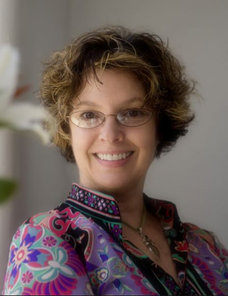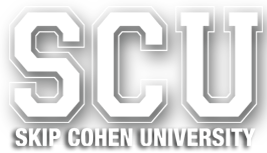|
I've been hanging out with Jane Conner-ziser for over twenty years. From Eddie Tapp to Clay Blackmore to Don Blair and hundreds of other photographers, we share the same friends, have worked the same conventions and sat next to each other at the same rubber chicken dinners! Jane is definitely an early adopter, jumping on the digital bandwagon early on and taking full advantage of every new creative tool as it comes along. This post is remarkable as she shares her insight to education in photography from an educator's perspective. While you'd think the targeted reader would be other educators, it's really a theme with broad appeal for every photographer. As a photographer you have so many choices to make when it comes to education. As you lay out your schedule for the 2014 convention season, think about each workshop you're going to take. Read the descriptions, learn as much as you can about the instructor and then attend as many programs as you can to help you build your skill set to become a better artist. And, as Jane suggests, look for programs that inspire creativity and passion! Skip Cohen  "I don’t think we need to give students a map to follow to a particular destination as much as we need to inspire curiosity and passion to learn more, practice more and become more than “good enough” to sell a job." I'll count myself as one of a large number of professional educators in the pro portrait and wedding industry who wants to continue offering top quality, thorough education in a society that, on the surface, doesn’t seem to care about learning beyond solving an immediate problem via internet surfing. The longer I contemplate, the more I believe that the new generation of budding professionals cares very much about learning, and it’s us educators that need to re-examine how we present ourselves and our material. We need to learn how to teach different ways. Answers are everywhere! We have at the tips of our fingers the answer to any question we might wish to ask, from what year Quigley Down Under was filmed to how to process pickles – or how to shoot a table top product for publication. The answers are not always complete or correct, but millions and millions of answers are everywhere! The benefit of this is that education is available to everyone in the world who has Internet access, 24 hours a day. That’s pretty powerful stuff! The downside is that it’s easy to lose focus and become randomly knowledgeable about a wide variety of things, but expert in none. Our world needs more experts in nearly every field! Our students need to learn how to determine if their answers are correct, and how to research and learn. I believe it’s the questions that are missing, and curiosity beyond fulfilling an immediate need. People do not need us to show them lighting equipment as much as they need us to teach them what light is, what it looks like in different forms and how to use it to sculpt, shape and add depth to images. They don’t need to learn how to do an action in Photoshop as much as they need us to teach them what good images look like, and how to create them from thought to finish. I don’t think we need to give students a map to follow to a particular destination as much as we need to inspire curiosity and passion to learn more, practice more and become more than “good enough” to sell a job. We need to learn how to teach people to question and to experiment – and to evaluate their own work with an educated and critical eye. In my opinion, What, When and Why are more important today than How or Where. I’ve been experimenting with changing how I teach, and trying to make it more engaging for an audience that can Google all of my favorite techniques. I’m trying to make it more completely educational, bringing in historical information as well as present in order for people to understand where we came from. Bob Marley said, “You don’t know your past, you don’t know your future,” and I don’t know about you, but I’ve been surprised at how few people have seen historical images – you know, the ones that inspired us to be curious and to have passion to become more than “good enough” to sell our jobs. Living in the present is great! And none of us can definitely predict what photography will be like in 30 years, but that’s not up to us. We just need to use our education and our history in photography to inspire curiosity, the desire to ask ‘why?’ and the energy to experiment using the basic fine art principles that have held fast throughout all time. So, that’s just a bit of what wanders through my mind when I think about how I want to grow and be better than I am … I hope you find a bit of it interesting, too.
1 Comment
Your comment will be posted after it is approved.
Leave a Reply. |
Archives
November 2016
|
© 2019 Skip Cohen University

 RSS Feed
RSS Feed